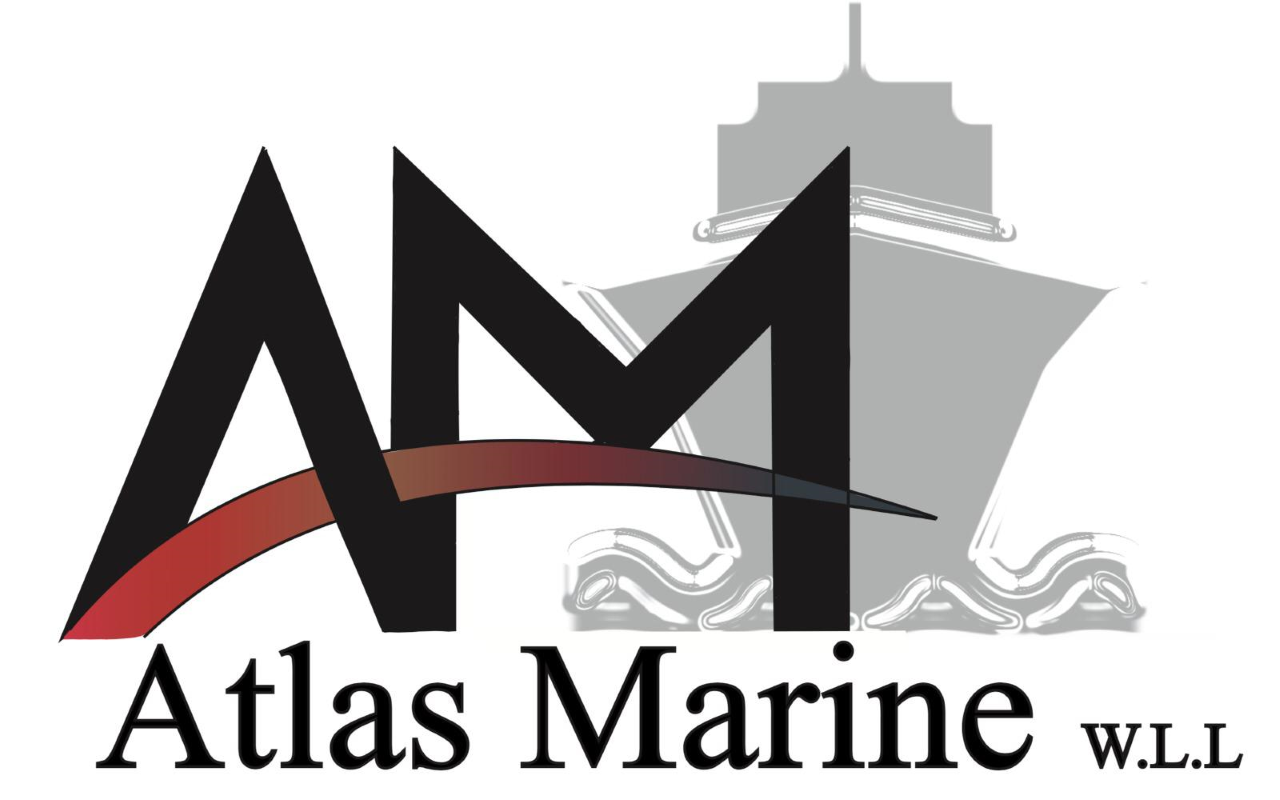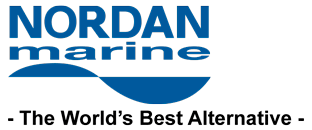Cargo Pump
One of the key issues in the operational management of ships is cargo unloading. This process may seem simple but it is quite complicated. Wrong loading can be fatal, especially when the load is flammable. Bulk Carriers incorrect loading can cause the ship to lose its balance while Tankers should ensure a low oxygen content in the tanks when transporting dangerous cargoes. In liquefied loads which are highly flammable, this process begins by drying the air, adding gas to the tanks, liquefying the load and storing it to its destination. This chapter will analyze the management of the tanks, the process of loading, resetting and unloading the cargo, as well as an analysis of an example of whether a cargo can hold a tank.
When a ship arrives at the terminal the load tank pressures and temperatures must be in accordance with the terminal requirements. This will help to achieve a higher cargo landing rate.
There are four modes of landing which are used depending on the type of gas carrier carrying the cargo, the type of land tank and the type of cargo. So, the discharge of liquefied gases can be done in the following ways:
With pumps: usually used by Complete Cooling vessels. This procedure is performed by opening the liquid line and pump valves and then the load is discharged to the landfill tanks.
Displacement: Common on low pressure vessels. There is then a vapor compression of the cargo from the land vapor return line or from the ship’s compressors. Through this pressure the load is displaced towards the land usually by means of a pump.
Combined: common on Medium Vessels. The compressor is compressed by the vapor load and displaced to the pump which propels it to land.
Heater unloading: Occurs when the load being transported is too cold for the land tanks. The temperature of the liquefied gas rises with the heater and the charge passes through it and is heated to the dry land.
Importance of Cargo Pumps
The transfer of liquefied petroleum gas out of the tank is done with some special types of pumps which differ in their construction. The delivery and pressure of the different pumps are different.
They are divided into three different types: I. Deepwell Pump, II. Submerged Pump, III. Booster Pump.
Deepwell pump
This pump is usually used on LPG vessels. It has a long axis between the motor and the pump. It is located at the bottom of the tank and its engine is on top (on the dome of the tank). They consist of the motor, the drive shaft, the main pump at the bottom of the tank, the liquid inlet pipe and pressure gauges, thermometers, switches, etc. The deepwell pump is the most widely used pump than other types of pumps. Its utility is to receive the cargo at the bottom of the tank and direct it to the deck and land. That is, it is the main load pump. Its main feature is that because it has enough depressive power it can and sends the load to land without the need for an intermediate boost pump.
Submerged pump
They are usually used as unloading pumps on large LNG and LPG ships. Their main function is to transfer the liquid load from the tank to the land. They are located specifically at the bottom of the tank. There are two situations that can happen. If the backpressure is less than 12 bar, the load is carried to land without any intermediate assistance from potential auxiliary pumps, and if larger, a reinforcing pump is required. This is, of course, a rare phenomenon. It consists of the seal, the motor, the auxiliary flaps, the main flaps, the waterproof cables and the drain hose.
Booster pump
These pumps are auxiliary and are used to handle the load. They are usually installed on the deck near the manifold. For LPG ships it is used either as a central pump or as an auxiliary discharge pump or as a tank feed pump on deck or even as a heat pump pump Source: www.maritimesun.com Their main characteristic is that they are usually manufactured for loads not lower of -50c.


